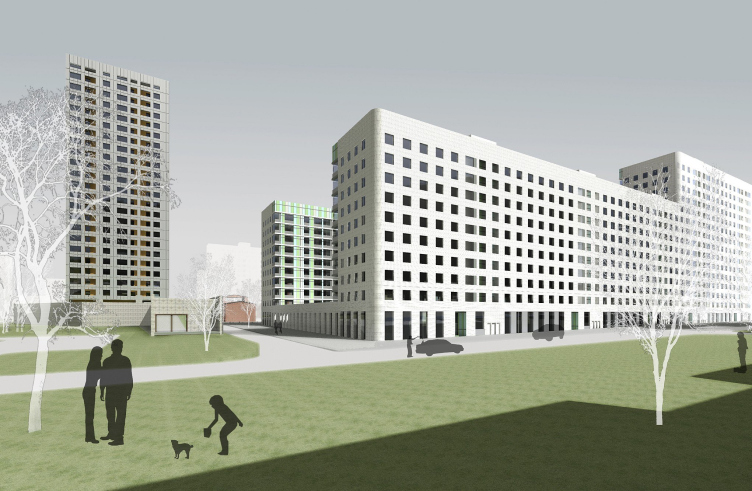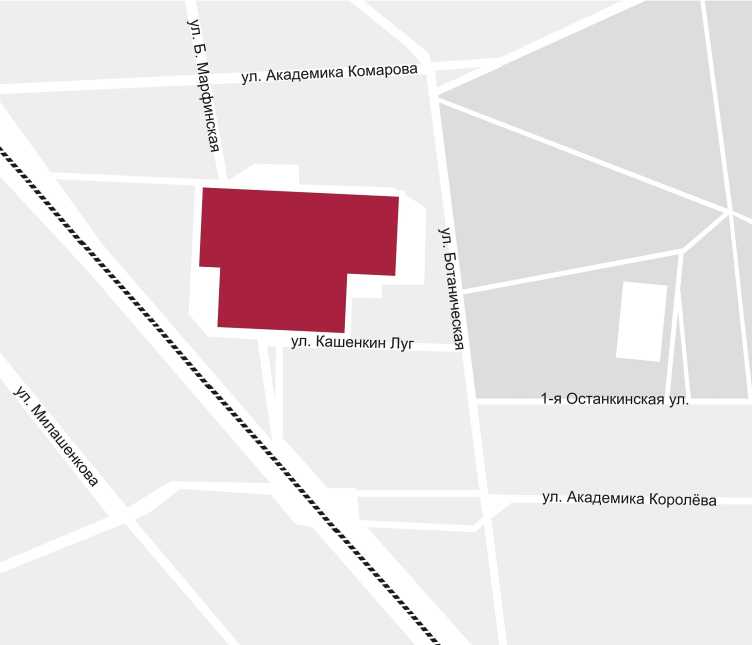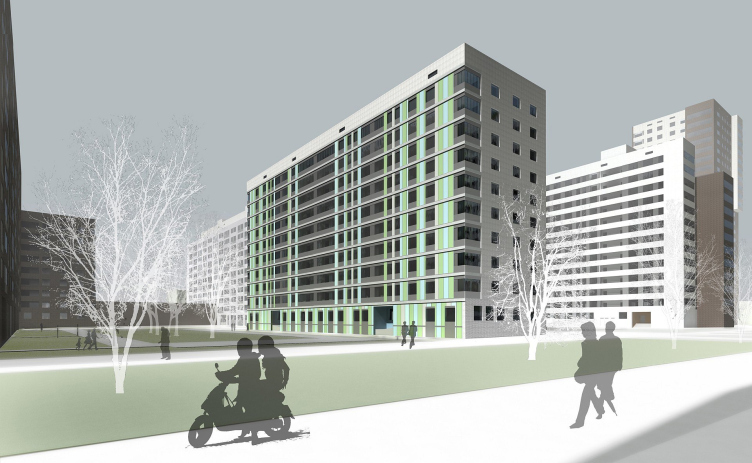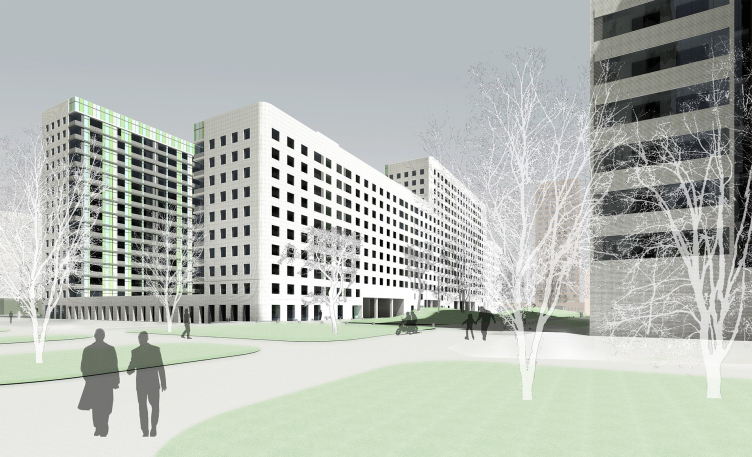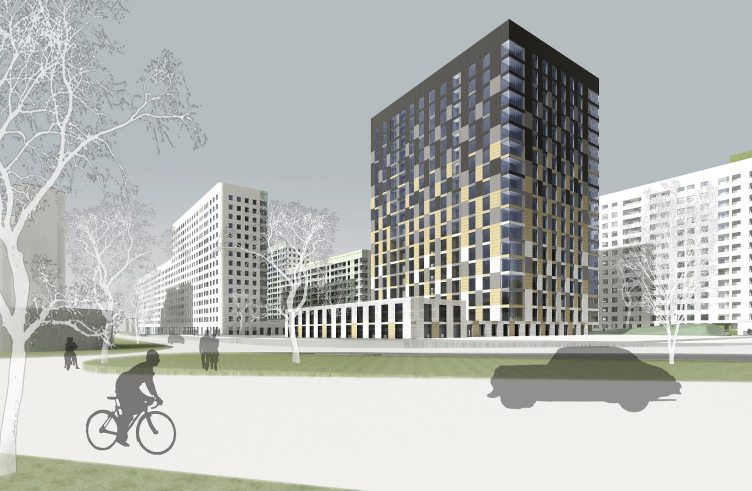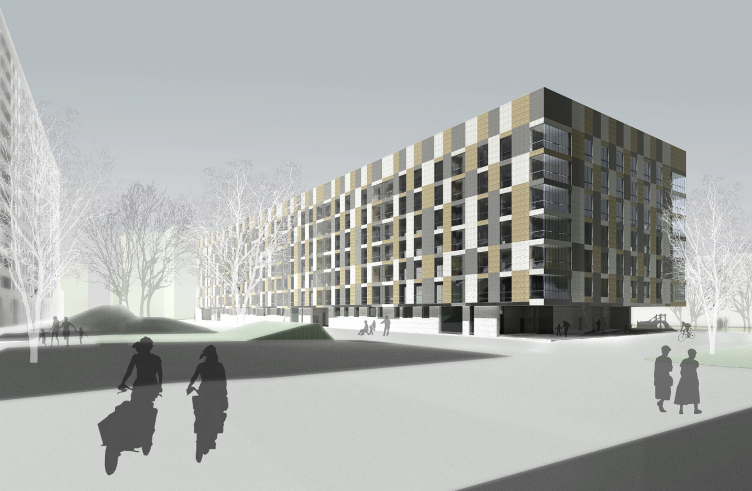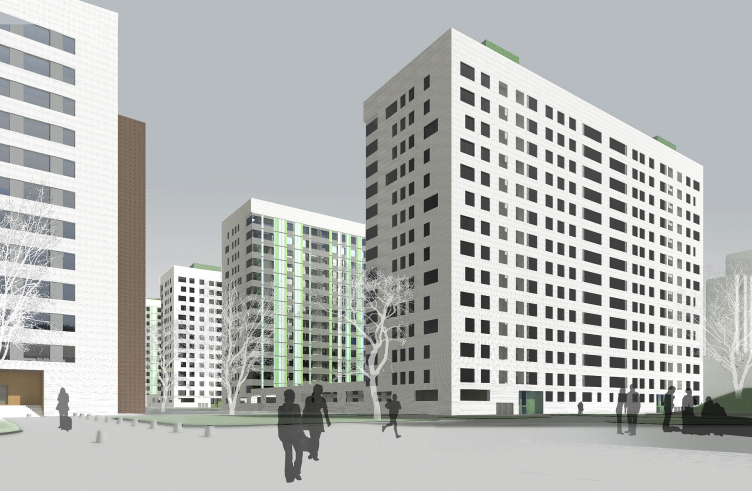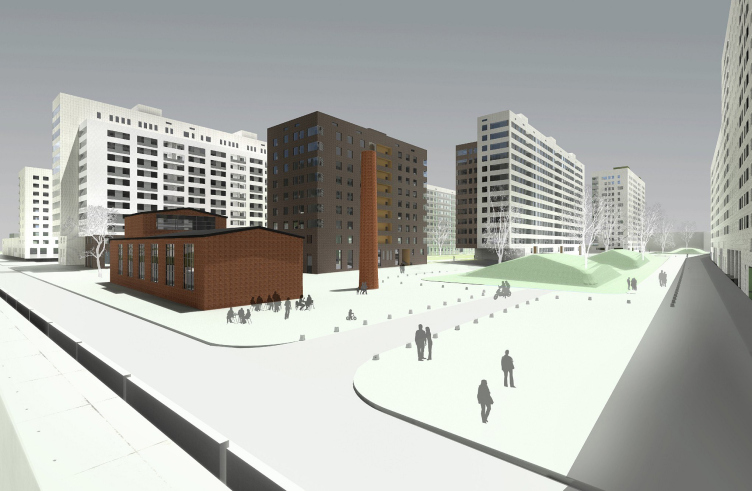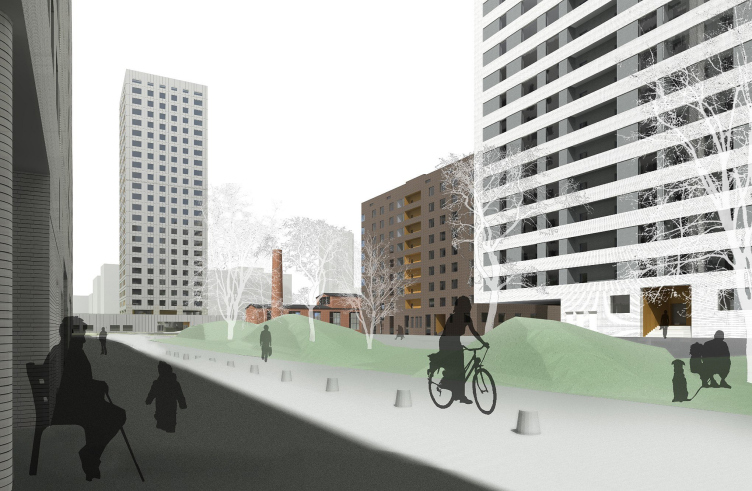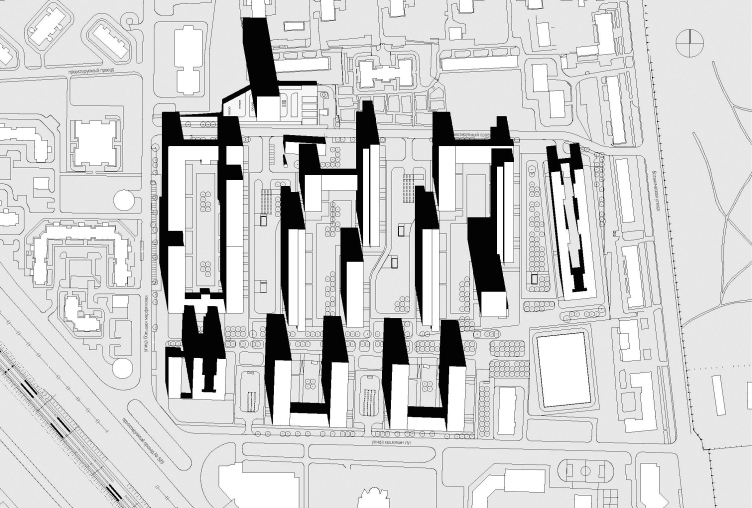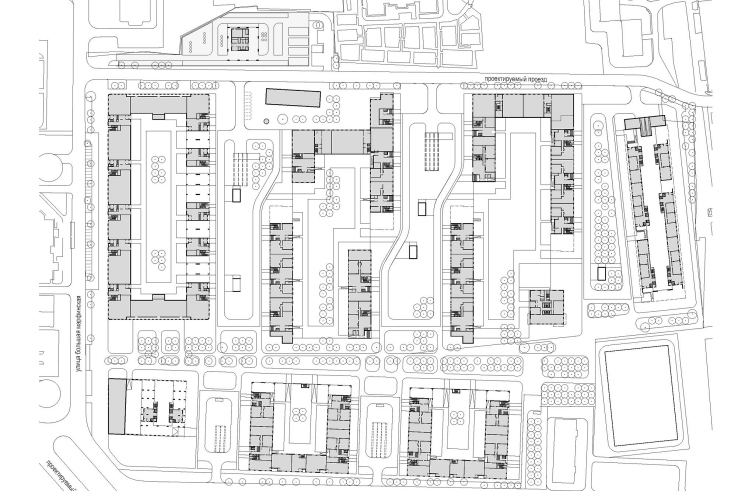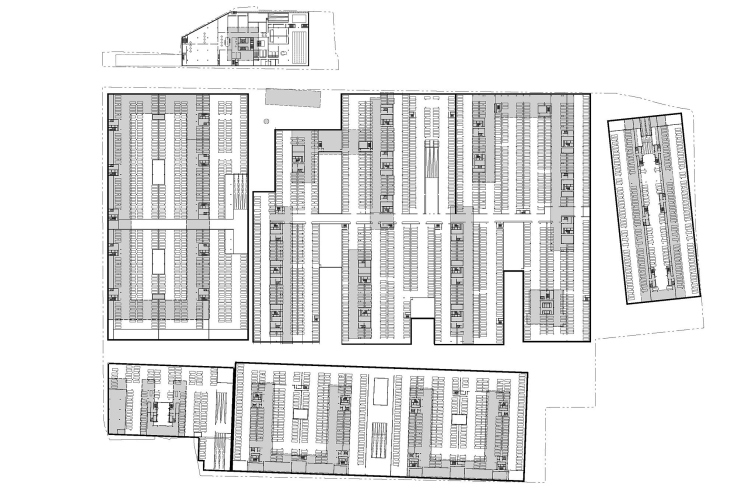Further Mathematics
Marfino residential district located in the north-east of Moscow, made into the recent history as a huge area of typical housing development. However, it was not such before: the concept was totally changed a few times, from elite to “economy-class” real estate. "Sergey Kiselev & Partners” was in charge of the next to last reincarnation of Marfino.




